In the modern era of artificial intelligence, where the intricate balance of ecosystems is jeopardised, French artist and designer Raphaël Emine has launched his visionary project “Les Utopies Entomologiques” (Entomological Utopias), integrating art, digital fabrication technology, and environmental conservation. With the use of advanced 3D printing, they crafted a delicate ceramic bug hotel that provides shelter for insects, moss, bacteria, and plant life and challenging our perceptions of coexistence with the natural world.
Organic Form of 3D printed bug hotel
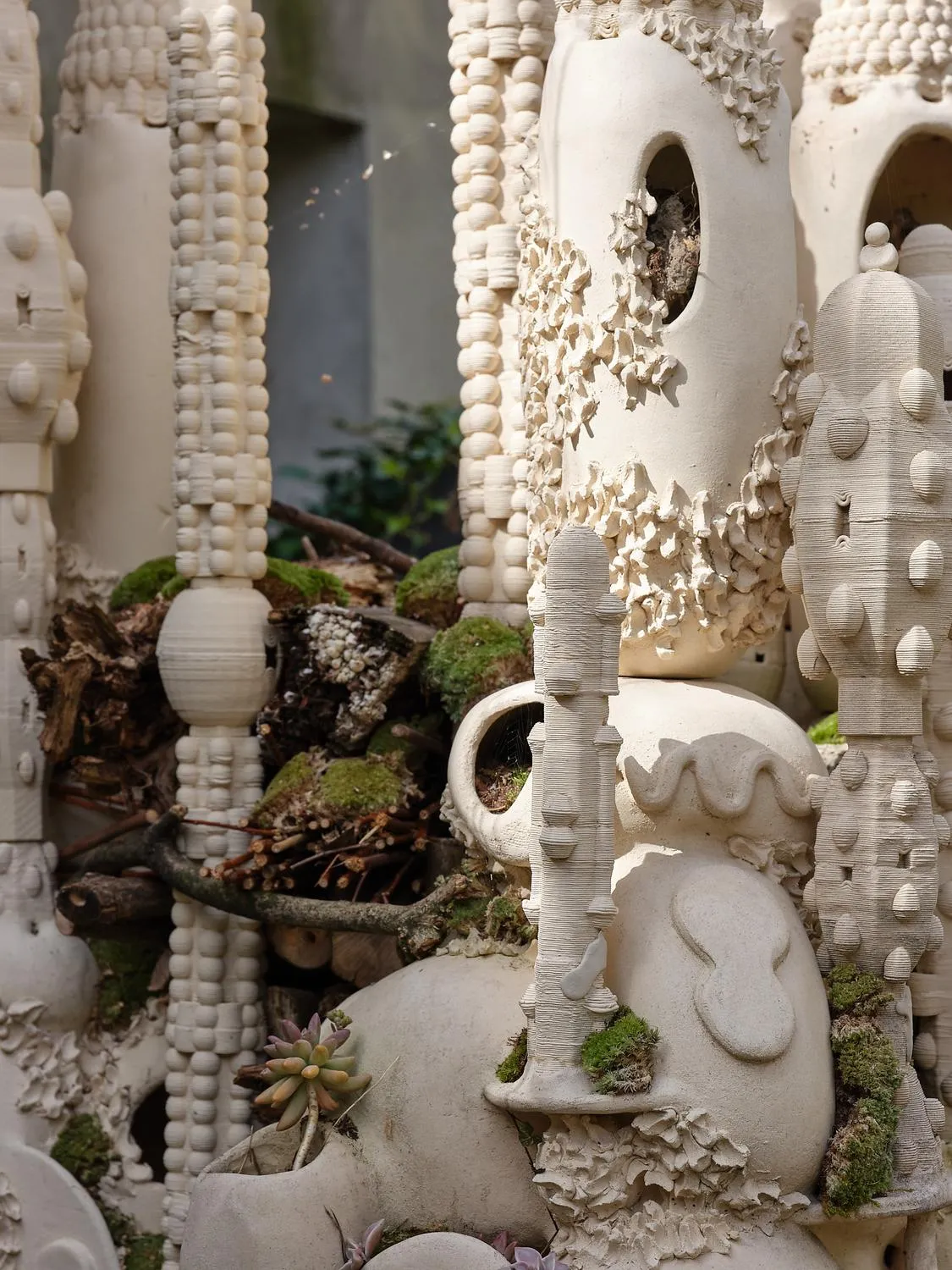
The narrative for the project starts from observing the mundane, wild and artistic things that surround us – a patch of moss underfoot, the spiralling nest of a wasp, the curving ridges of a termite mound, the organic symmetry of beehives, crystalline structures of geodesic mineral formations and networks of worm and spider webs. Inspired by these elaborate natural discoveries, he used 3D modelling software to transform its architectural language into the functional organic forms that support different ecological needs.
Intricate Architecture: Evolving Language for Living Forms
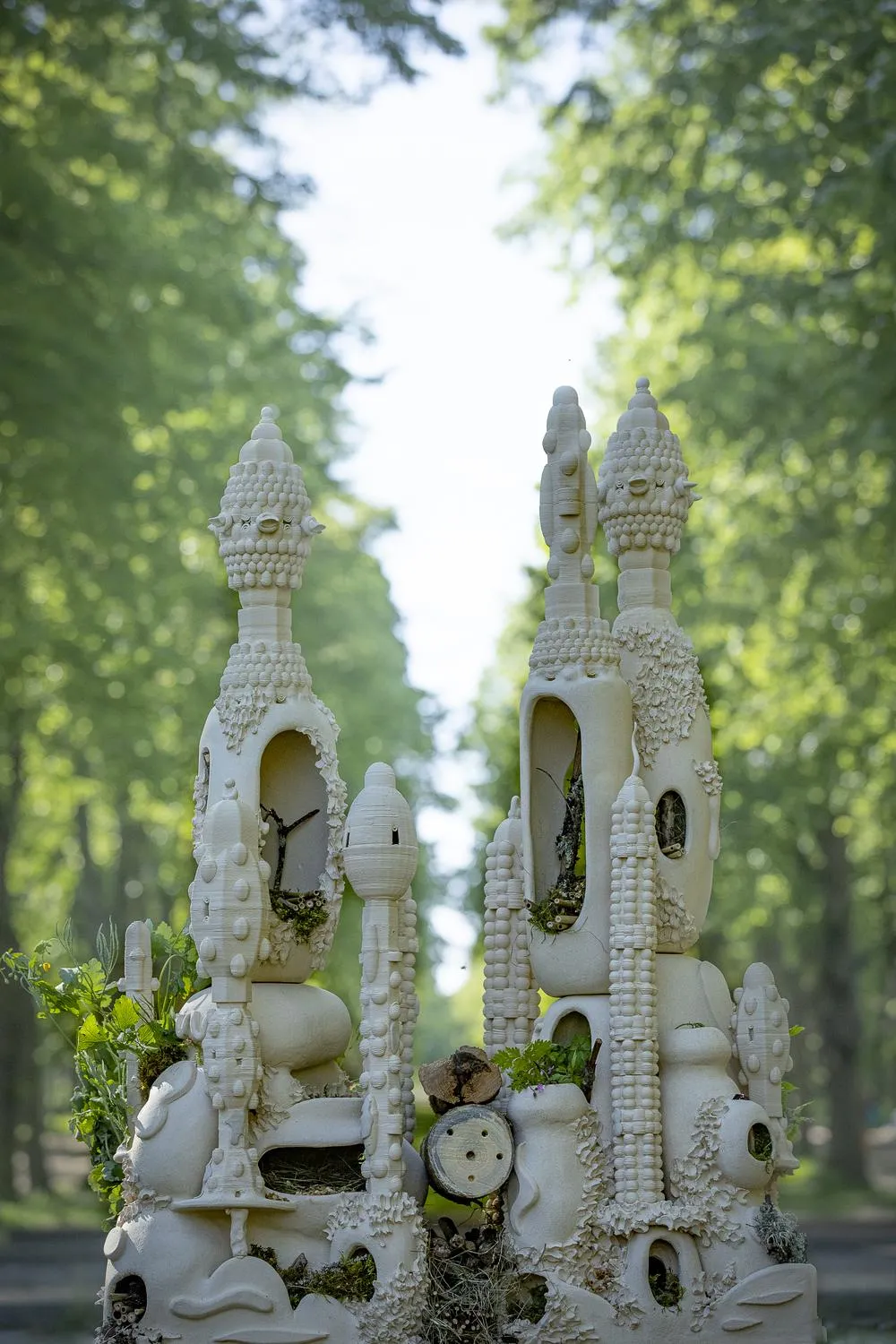
It showcases the modular, adaptable, and organic design with intentional spatial planning of corridors, tunnels, pockets, and balconies, reflecting a miniature natural insect habitat and baroque architecture. Emine worked with an Italian large-scale ceramic 3D printing company, WASP, which operates machines like the WASP 40100 LDM and Delta WASP 2040 Clay, and printed with recycled clay. These forms are hand finished, fired, and left unglazed to maintain a porous, inviting, and soft textured surface for plant colonisation, microbial growth, and nesting insects.
Ecological Impact

The purpose of these “insect hotels” is to encourage the concept of transformation and adaptation; these are not static artworks but are strategically placed outdoors, nestled in urban gardens or hung on trees-as in the Parc de la Maison Blanche in Marseille, serving a dual purpose: repurposing impaired natural elements while also acting as living laboratories to study how specific shapes and colors can attract different insect species supporting biodiversity and maintains ecological balance.
Nature as Muse
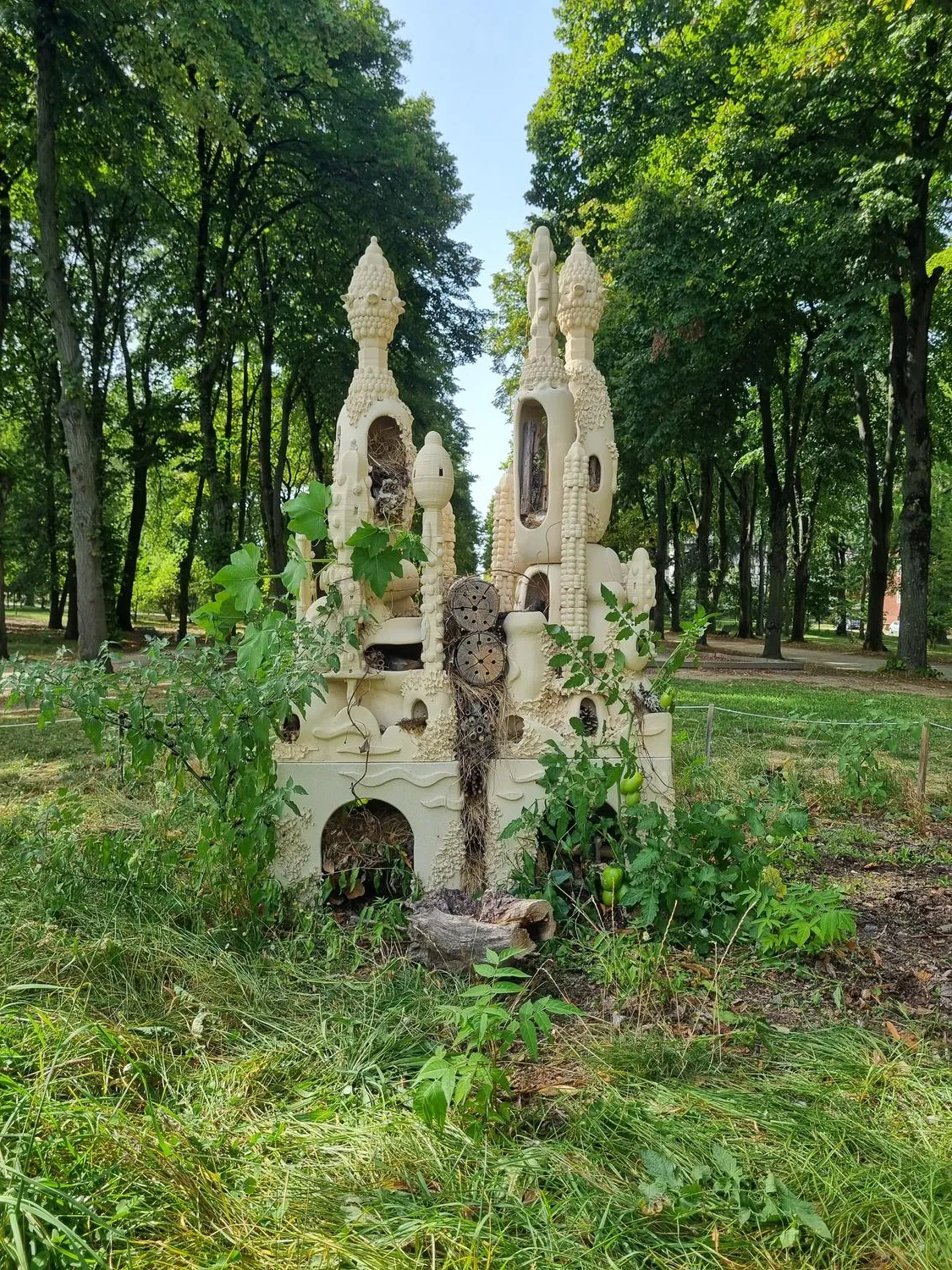
Building on the notion of a profound question -What would it mean to build cities that also house insects? What if our monuments welcomed worms?, Raphaël Emine’s ceramic bug hotel evolves as a new modern design language with the planet in mind. Creatively blending 3D printing, sustainability, and ecology, he designed micro-utopias that are more than shelters.
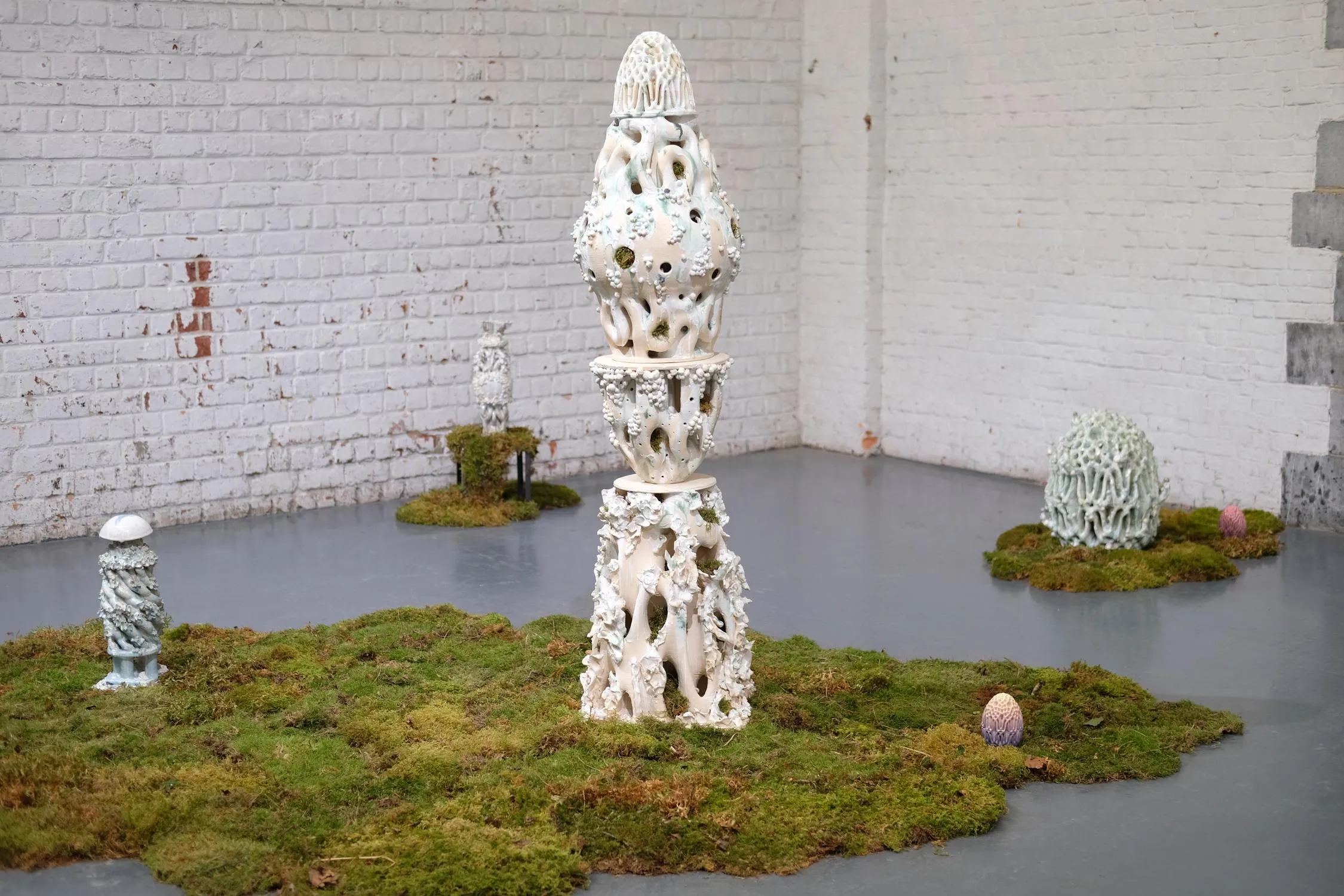
Through a thoughtful application of biomimicry, 3D printing, and deep ecological awareness, he crafts micro-utopias where bugs burrow, bacteria bloom, and moss climbs, ingenious solutions for a coexistence between society and the myriad forms of life that share our planet.
As 3D printing continues to revolutionize design and sustainability, there’s never been a better time to explore its potential. Whether you’re interested in 3D-Printing Ceramics, or FDM innovations, PAACADEMY offers in-depth workshops covering these techniques. For a comprehensive learning experience, check out the 3D Printing Workshop Bundle—a curated collection of courses designed to take your skills from concept to fabrication.




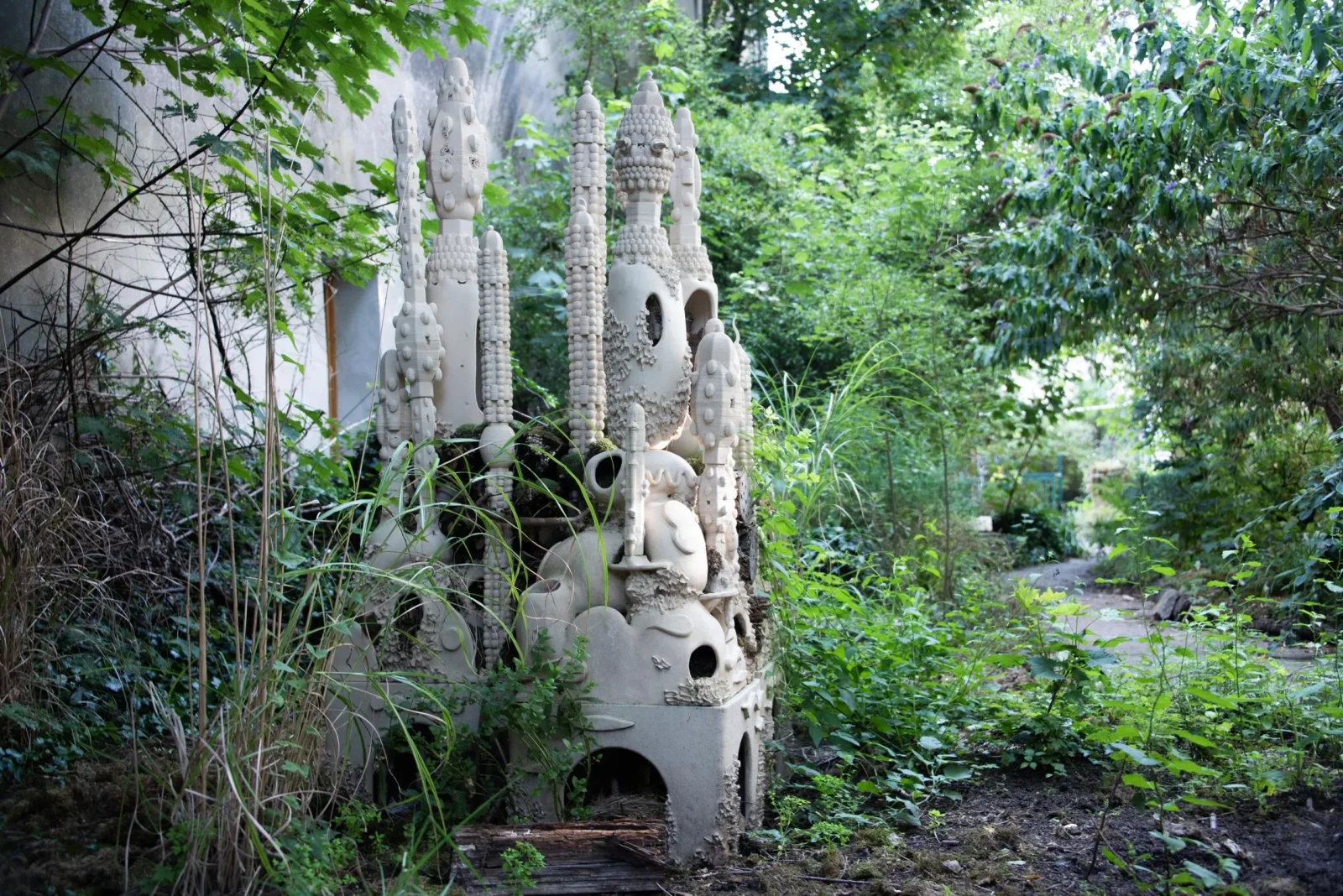












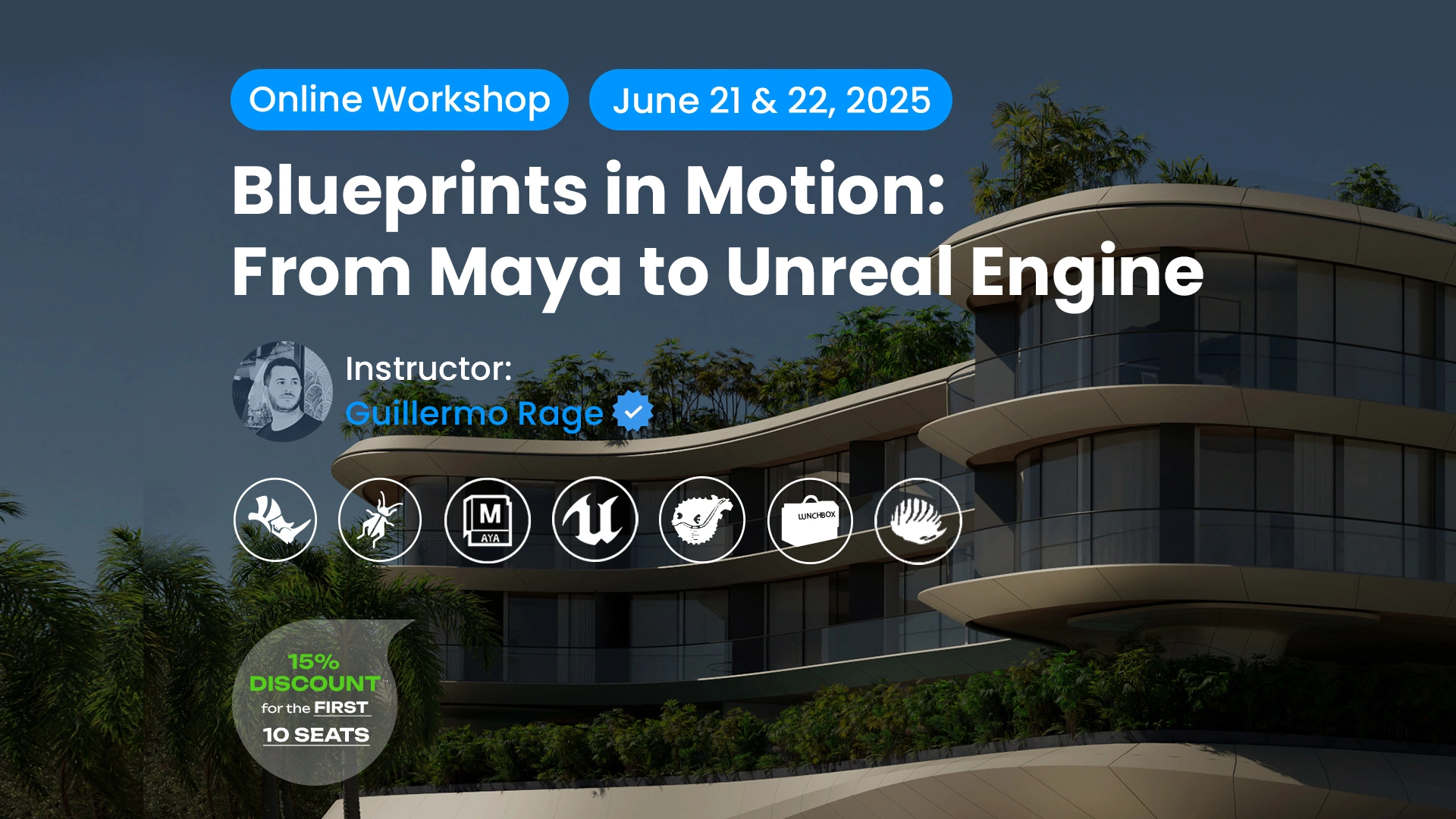
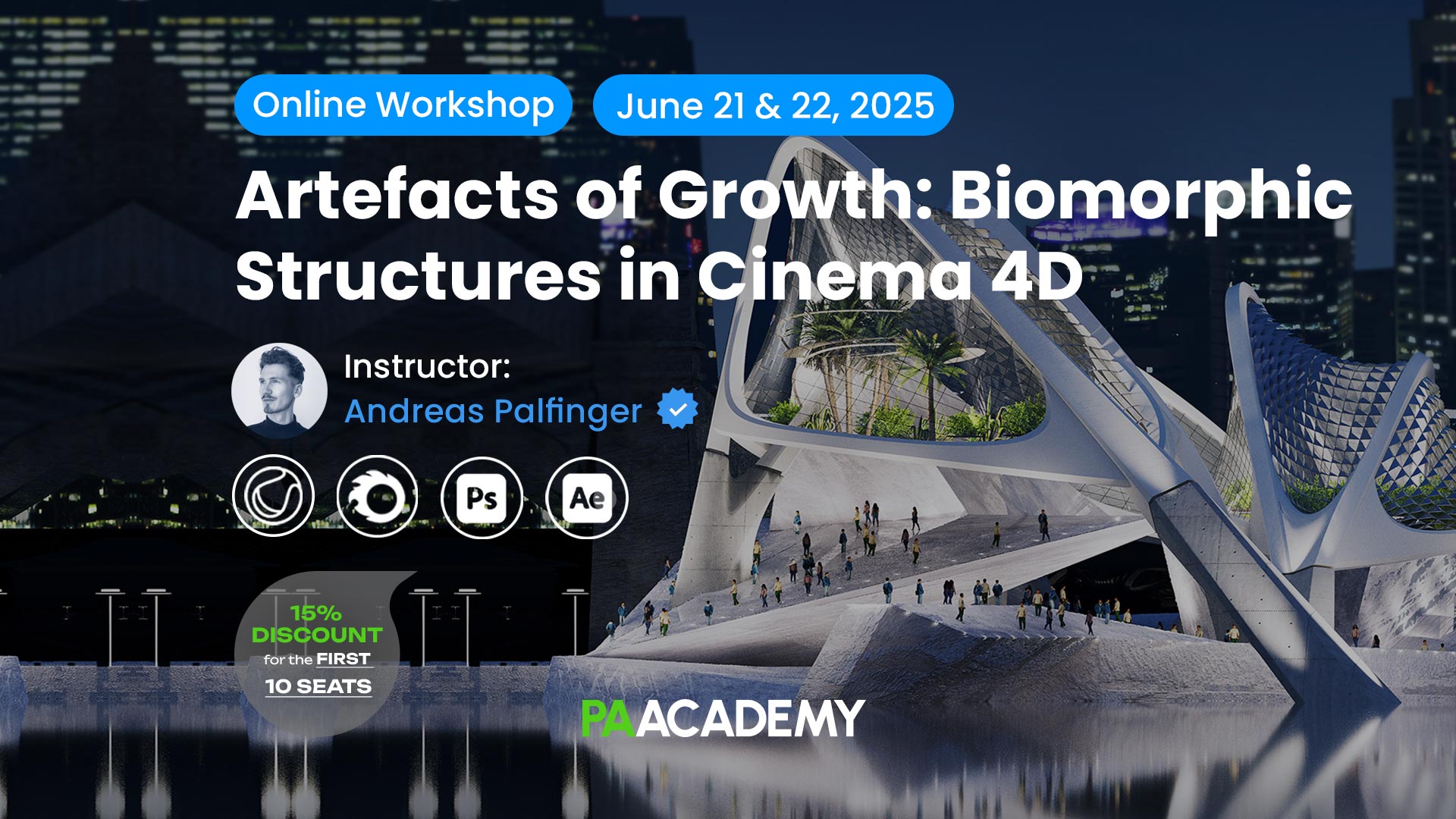











Leave a comment